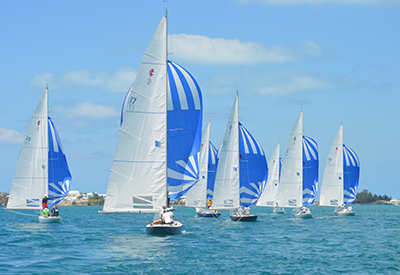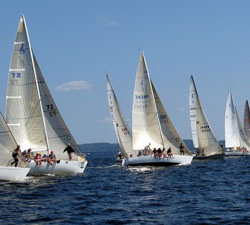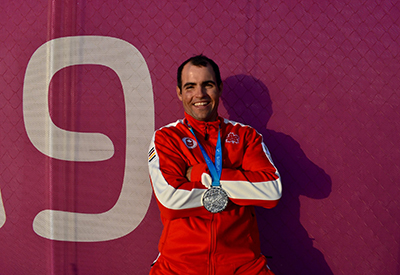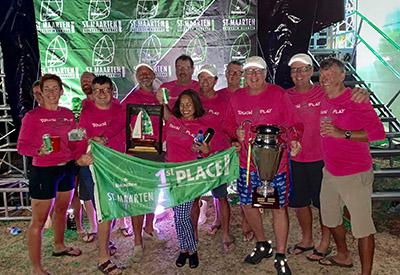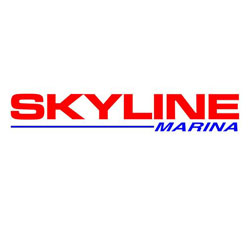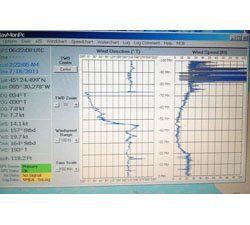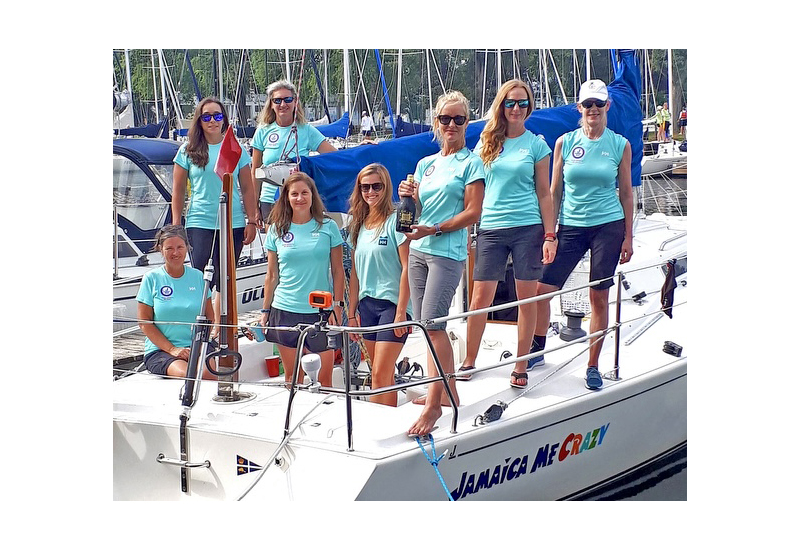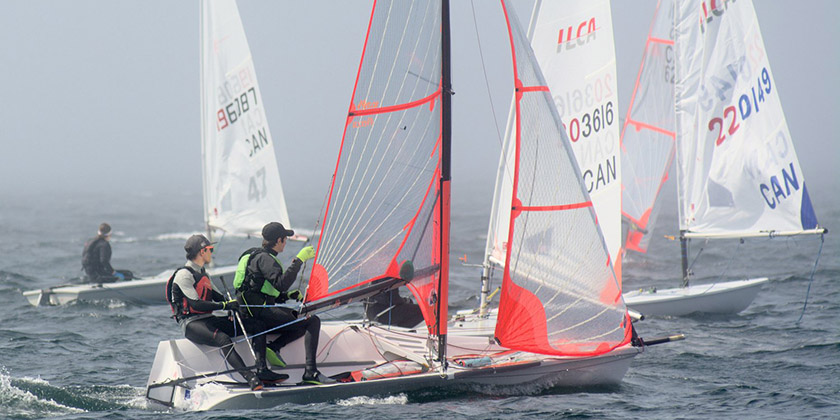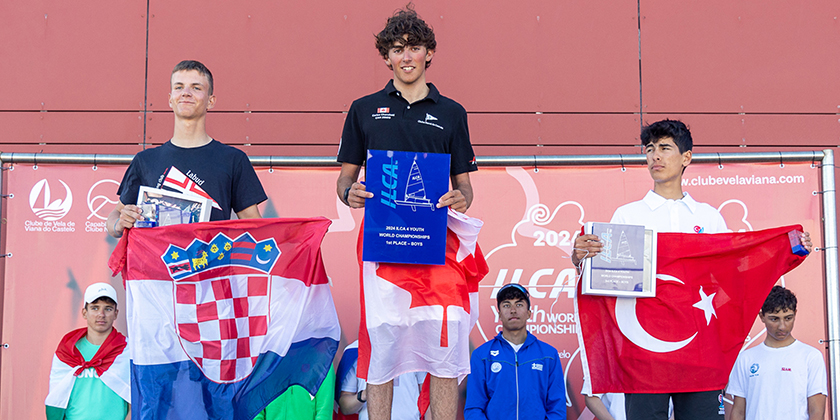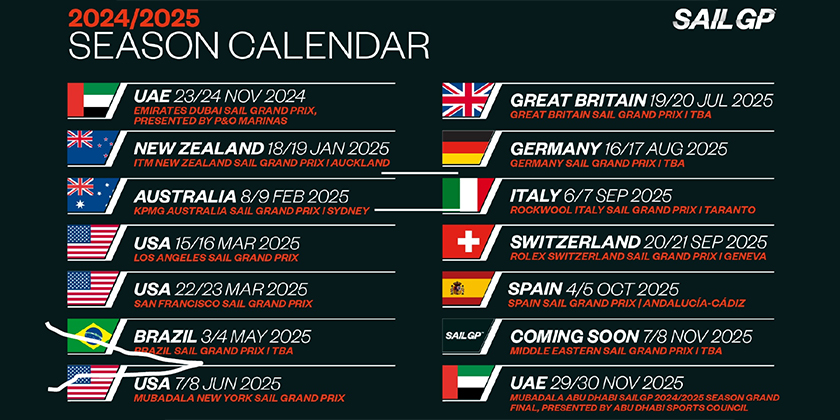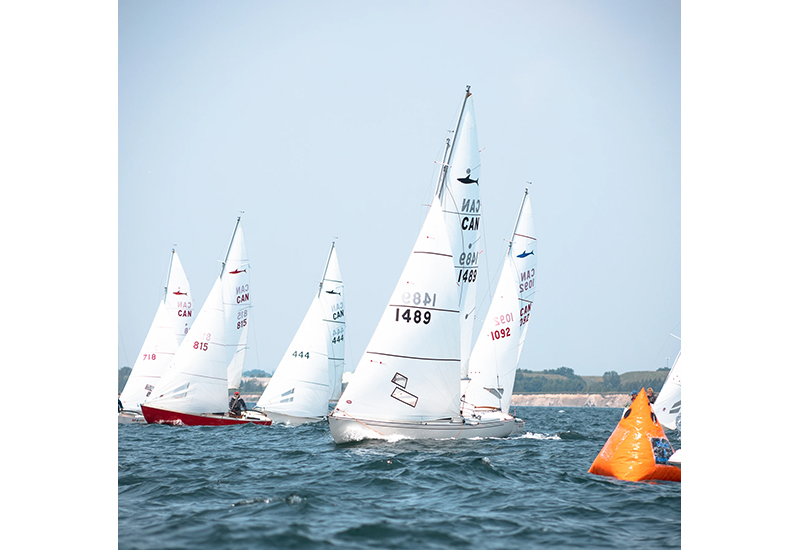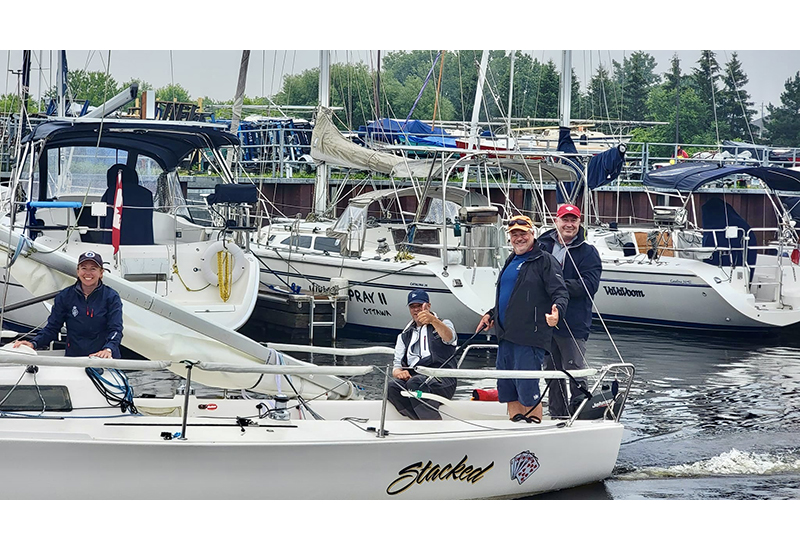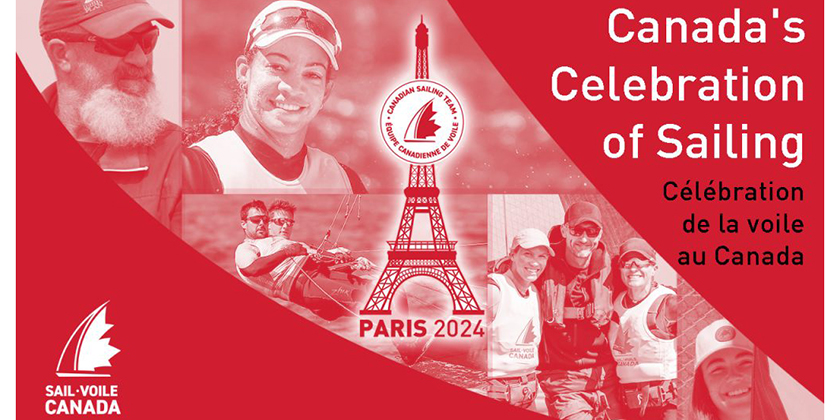A Sailor’s View of PHRF – Part 1, Background
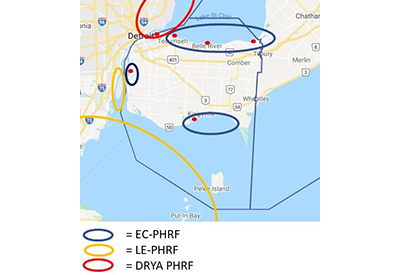
Mar 2, 2022
“Friends don’t let friends race PHRF”
….seen on a T-shirt at Youngstown Level Regatta c. 1989
Starting at the beginning
Love it or hate it, we need PHRF. The reason is obvious – so many different boats out there that want to race against each other need to be handicapped so the competition is meaningful. PHRF succeeds only partially due to three basic problems:
- PHRF is hampered by scattered administration
- Sailors are unwilling to pay for the service they require
- Handicapping traditional designs vs modern flyers takes a leap of faith and doesn’t always work out
My perspective
My sailing experience is mostly one-design racing, where I spent 37 years racing in various one-design fleets on Lake Ontario. My first boat was a Thunderbird built by Richardson Boat Works of Meaford Ontario. In 1978 we would regularly get 18 – 20 boats out racing almost every weekend, with 2 – 3 races per day. For a major event we’d see 30+ boats on the line. The E-22, Laser 28, CC27, CC34, CC99, and Beneteau First 36.7’s, were the other larger one-design fleets I sailed in, each for a few years dedicated to a program.
When we travelled across the lake to a LYRA Regatta (Lake Yacht Racing Assoc) in the T-Bird, we typically had to race in a handicap division. Over the years there was the Lake Ontario Rule (LOR), MORC (Midget Ocean Racing Conference), then of course PHRF (Performance Handicap Rating Formula).
I was also involved in a significant three-year program as driver and tactician on a Nelson Marek 36, Maggie Kelly, out of RCYC, where we raced in the IMS-1 division. It seemed like a fair rating system, because the wind speed on a given day would change our boat’s rating. We all know some boats perform better in light and/or heavy air and the IMS handicapping system looked after this.
My sailing is now in a PHRF division on Lake St Clair, located right in the middle of the Great-Lakes between Lake Huron and Lake Erie and right on the border of the US and Canada. My current ride is a Pearson Flyer that I have been restoring.
As compared to Lake Ontario, there is very little weekend one-design racing on Lake St Clair, unless you own a Cal 25, CC35 MK1, or can afford a J120. Bayview Yacht Club hosts an annual One-Design Regatta where starts for a variety of one-design fleets are offered. In the Detroit area we have an organization called the Detroit Regional Yacht-Racing Association (DRYA), who do a great job at the administration of 12 weekend regattas, including all the race management, record keeping, and results management. Different than most, DRYA up until this year, was also a PHRF Rating Station for the area. They maintained a current certificate file of over 300 sailboats. DRYA provided Lake St Clair sailors with a ‘one-stop’ shopping service.
Why this article? Case that shows the problem
When I moved to Essex County and started sailing here in 2010, I learned there were three separate/independent PHRF rating stations in the area. Boats shared the same bodies of water, they sailed in the same weather conditions, each sailed against similar boats, yet each rating station said they were unique. Each Rating Station gave the same boat a different rating. This is still true today. If EC-PHRF boats raced in a Lake Erie regatta against boats who were rated under LE-PHRF, LE-PHRF ratings would be used. Similarly, if EC-PHRF boats want to race in DRYA events, they are required to obtain and use DYRA certificates – see below for more on that.
As a result of this absurdity, only a half dozen or so boats from the Canadian shores race in the American races/regattas. It’s a shame.
The handicappers also tell me: “But it matters who they race against. Their rating might be different because of who they race against.” Huh? This is nonsense. It is absurd. It is illogical, and perhaps even a bit offensive. Not one handicapper has been able to explain this measurement phenomena, yet they all say it is somehow a consideration. I think this is an ideology that goes back to the early 80’s when PHRF was just starting up.
Finding solutions to make PHRF work in this area and everywhere
In 2021 DRYA found themselves in a predicament. The ‘old boys’, the long-time PHRF Handicappers, were retiring after many years of dedication, service, and there was no one to replace them. These old boys accumulated a vast amount of experience over the years. No volunteers with the appropriate skills were coming forward to do the jobs needed. Succession planning has never been on the agenda. DRYA had to look at the options that were available, so they formed a select committee of 14 member clubs, and sent out a survey to its membership. Options were presented, and the question was asked which rating rules the membership wanted to race under.
The ORC and ORR rating systems have been in use for the Bayview Mackinac race over the past few years. Many boats have a certificate for one or the other in ORCi, ORC club, ORR and ORRez. In speaking with Tim Prophit, Chairperson of this PHRF working committee, he stated: “the membership overwhelmingly wanted PHRF.”
The Executive of DRYA and that of the neighbouring Lake Michigan LM-PHRF got together and explored options. LM-PHRF also issued certificates for the Lake Superior. DRYA decided to merge their Rating Station with LM-PHRF to form The Mid-West PHRF association. DRYA made the proper decision and separated the PHRF Rating Station functions away from the regatta organizing and management aspects. They will continue to provide a local handicapper to verify measurement data and to fulfil the customer service support. Tim Prophit says: “The data bases were similar…we had the same boats…we shared the same measurement methodologies … so it made perfect sense to join with Lake Michigan. We each had strengths to bring to the table.” Tim explained.
On behalf of his committee, he issued a statement to its membership: “As you know our local DRYA PHRF committee will no longer be your source for all things PHRF (Certificates, reviews and all other rating issues). DRYA PHRF is merging with Lake Michigan PHRF and that new organization, Midwest PHRF (MWPHRF), will be assuming all PHRF handicapping activities, roles, and functions previously done by DRYA. The new organization’s website is MWPHRF.org. MW-PHRF included eight rating regions already, making the DRYA’s the 9th.”
In Part 2, we will look at how PHRF can evolve, what the people running the many PHRFs say and consider how to resolve problems and improve PHRF’s role on the Great Lakes
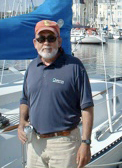 Roger Renaud
Roger Renaud
At the Beneteau First 36.7 NAs hosted by Bayview YC on Lake St Clair
Born in Windsor, Ontario, Roger moved to Toronto for work where he sailed a Hobie off Cherry Beach. Eventually joining ABYC, he owned a Thunderbird 26s for years crewing on 8-meter, Etchells 22s, Laser 28s, CC27s, CC30, CC34, CC99, Beneteau F36.7 and Nelson Merick 36 (IMS). Since returning to Windsor, he has been winning locally and in DYRA PHRF divisions.

